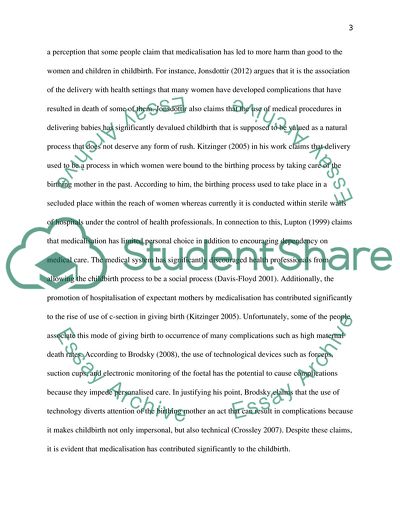Cite this document
(IS MEDICALISATION A PROBLEM TODAY Literature review, n.d.)
IS MEDICALISATION A PROBLEM TODAY Literature review. https://studentshare.org/health-sciences-medicine/1850536-is-medicalisation-a-problem-today
IS MEDICALISATION A PROBLEM TODAY Literature review. https://studentshare.org/health-sciences-medicine/1850536-is-medicalisation-a-problem-today
(IS MEDICALISATION A PROBLEM TODAY Literature Review)
IS MEDICALISATION A PROBLEM TODAY Literature Review. https://studentshare.org/health-sciences-medicine/1850536-is-medicalisation-a-problem-today.
IS MEDICALISATION A PROBLEM TODAY Literature Review. https://studentshare.org/health-sciences-medicine/1850536-is-medicalisation-a-problem-today.
“IS MEDICALISATION A PROBLEM TODAY Literature Review”. https://studentshare.org/health-sciences-medicine/1850536-is-medicalisation-a-problem-today.


